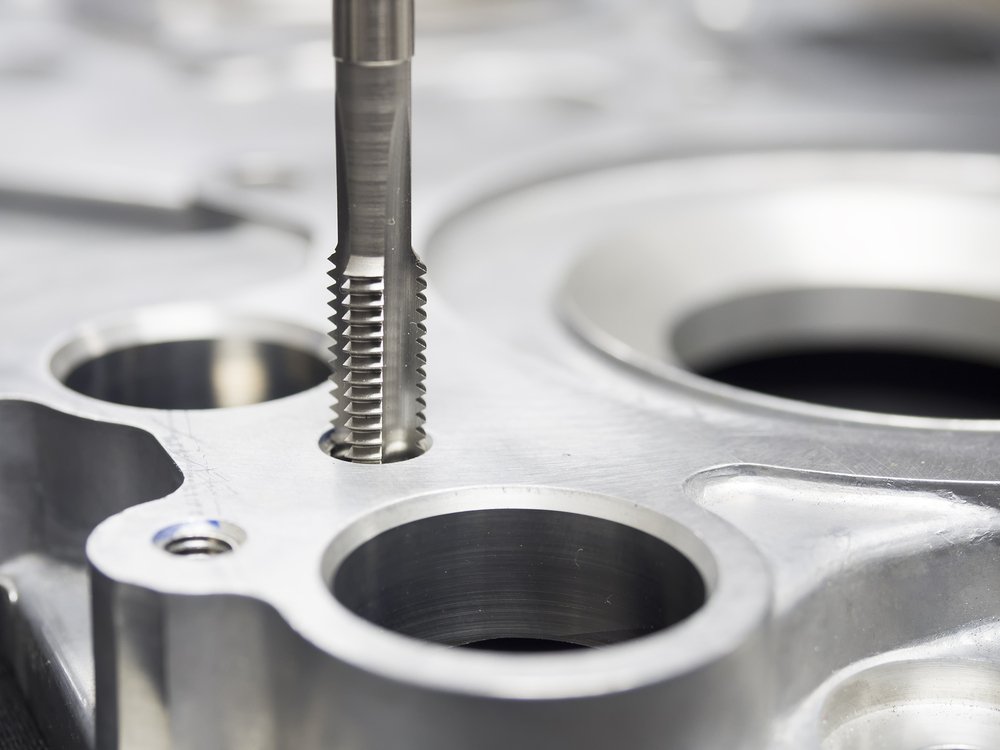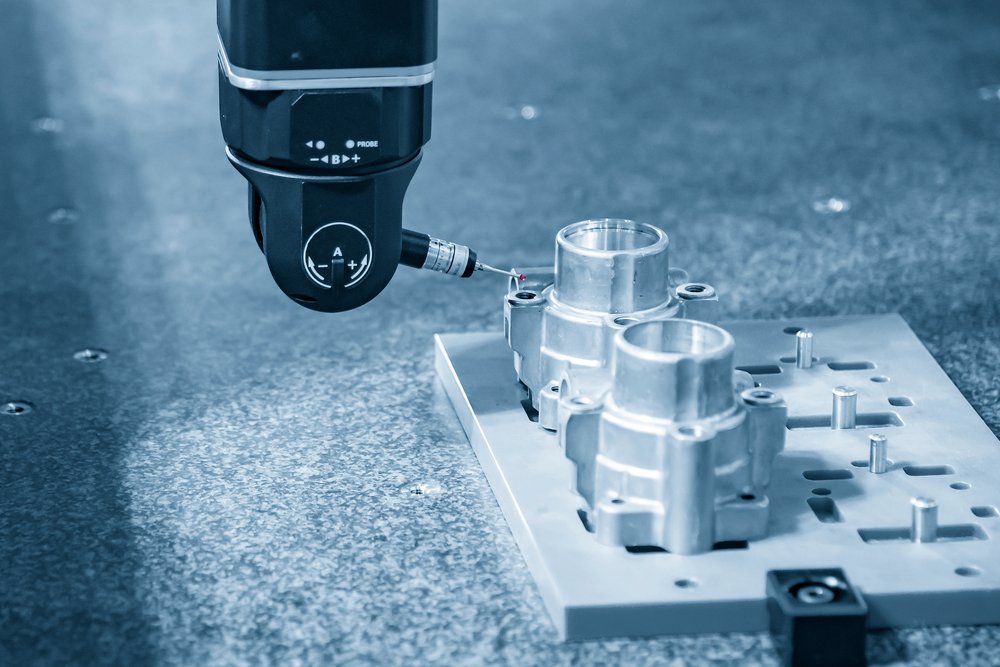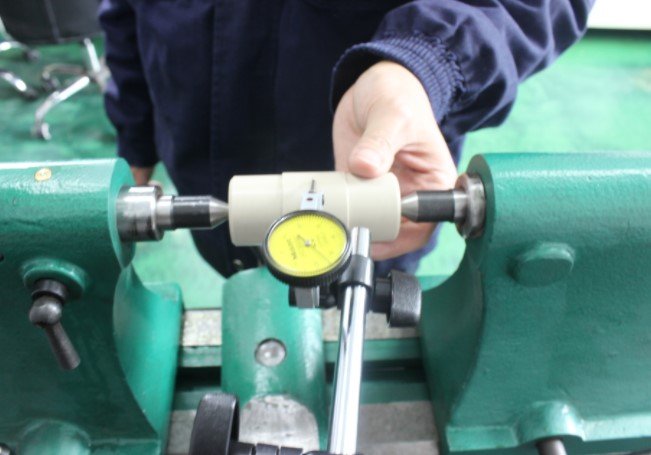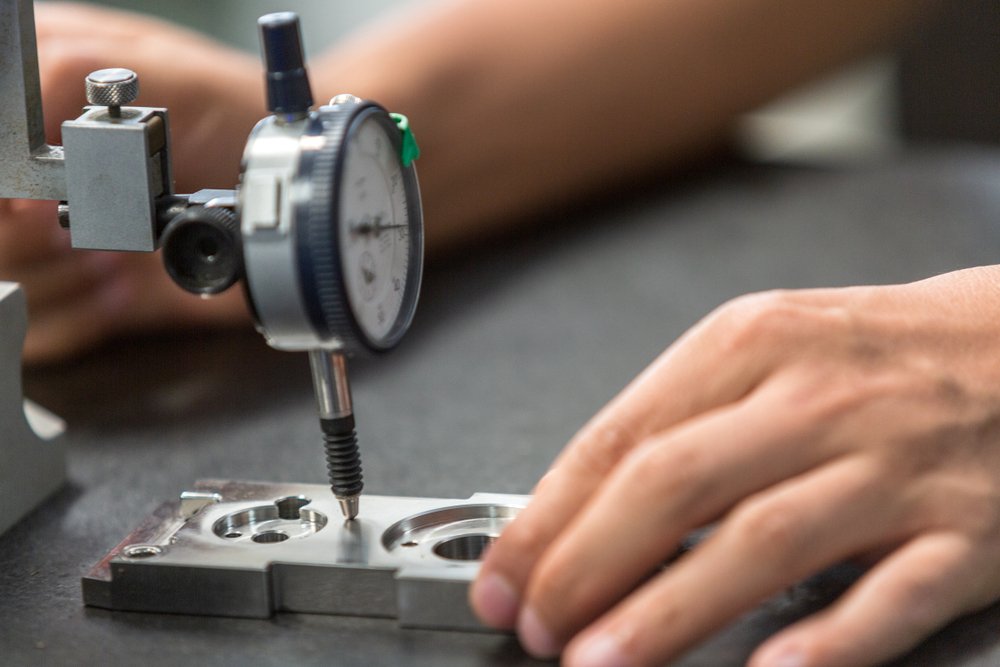Quality control is paramount for every industry. It ensures quality parts production and helps to optimize the workshop and motivate the whole staff to stay up to date.
CNC machining offers advanced tools and processes for multiple manufacturing industries to provide high-precision, cost-efficient and errorless products. With all the benefits of precision machining, it still needs specified quality control in place to enhance its productivity.
The manufacturing sector takes full advantage of advanced machining technologies to create parts which are used in numerous industries.And the standardized quality control can not only ensure an accurate part creation but also guarantee the products are made exactly as per design specifications.
In this article, the importance of quality control for CNC machining and some important methods will be discussed. Product development stages and approach to quality inspection will be elaborated. Also, we’ll provide some quality control tips that will help you and your provider to create the quality parts when you demand your manufacturing project.

Why Quality Control is Important?
Adequate quality control helps to achieve great machining accuracy, excellent quality, it also helps to find out flawed parts before shipping out, which is beneficial for both manufacturers and customers.
Every CNC machining workshop must be obligated to establish a reliable quality control mechanism as per regulatory requirements. It should be implemented on every part individually, and a seasoned quality control and inspection team are requisite for fruitful outcomes.
An expert quality control team adds a lot of value to complete production in a timely manner within the customer’s dedicated budget limits. They ensure great processing accuracy and efficiency. It assists to solidify your customer trust in your services.
Product Development Stages and Approach to Quality Inspection
During any product development cycle, there are three stages of inspection that are discussed as follows
Tools Testing
Before initiating the production process, tools must be inspected for any faults or inaccuracies and to make sure every tool is set up exactly. Tools are checked for alignment and kinematic accuracy. Further details include the orientation of axes and spindles. The angles of the axis need to be correct and the orientation of spindles should be perpendicular to the table.
Product Testing
This phase takes in testing and examining the products. The products are examined for various parameters such as dimensional accuracy, surface quality, and dimensional and geometric tolerances as per customer design specifications.
Process Monitoring and Control
This is the key step that implements process monitoring and control in the product development process at each level. It establishes error less product production and saves time to avoid unneeded holdups or product recalls.
Every product manufacturing process entails different phases that inaugurate with a notional construct of the product. Then comes design creation, viability, detailed analysis, CAM codes creation, tools set, assembly production, surface finishes, and testing. But during each phase performing the quality inspection is compulsory.

How to Perform Quality Control for CNC Machining Process
Performing quality control for the CNC machining process is critical to execute a successful machining process and get premium quality products. It consists of some important steps that are discussed below
Learn About Relevant Industry Background
Before starting mass production, having a solid understanding of the industry where products are going to be used is vital. Because the product requirements for every industry are not alike. For example, the industrial standards for the sports industry will be different in comparison with that of the aerospace industry or defense industry. A product with minor inaccuracies might work in the sports industry. But the tiniest mistake found in products manufactured for the defense industry can be unimaginably devastating.
Aerospace industry part standards require ultra-high precision, durability, excellent quality, and tight tolerances. Because parts will be facing intense circumstances. Therefore, it necessitates having a solid knowledge about the industry in which the parts will be operational.
We specialize in custom-designed CNC machining parts and prototypes manufacturing which are widely used in many vital industries, such as aerospace, military, marine, medical, automotive, high-tech, food processing, and packaging, and others.
Critically Analyze Part Design
Product drawing optimization plays a huge role in the product development cycle. A poor CAD design can cause more resources to invest. But a CAD file critically analyzed by a seasoned designer can ultimately assist to reduce the time to manufacture the product. An accurate product design can meet all the specifications and requirements promptly and in a cost-efficient way.
When we receive a design, our designers analyze it carefully with every angle to optimize it further. Its every feature is reviewed in detail. We use the most cost-effective solutions to machine your part, control the factors throughout the CNC machining process, and ensure to achieve your demands.
Examine Product Quality Using Advanced Measuring Tools
Once production completes then every individual part should be critically examined for dimensions, tolerances, surface quality, accuracy, etc. With the advent of CNC machining, many advanced measuring tools have been developed. These tools are extremely accurate. They perform part quality checks wonderfully.
Quality checks can be performed with parts still on the machine or after they being detached. Angle gage, go/no-go gauge, micrometers, CMM (coordinate measuring machine), blocks, in-process probing, air gage, and chamfer gages are commonly used CNC machining measuring equipment and tools.
Perform Inspection During CNC Machining
Inspection is not only enough when the production ends, but it should be necessarily done during the machining process. It can help to identify any errors in the initial stages of development. If a mistake or fault is caught in time then it can be tackled immediately. Otherwise, it might cause heavy loss.

Keep Customers Posted with Latest Progress
It is wise to keep the customers posted regarding the current development phase. Sometimes, it is the lack of communication between buyers and services provider that cause a whole faulty assembly production. Buyers and clients must mention all the requirements regarding product specification and function. If the customer is kept posted with the latest progress then misunderstanding can be avoided.
If a customer wants instant amendments in product designs then it can be met depending upon at which phase the production is progressing. This leaves a good impression on the buyer that he is being given importance and his products are their priority.
The quality control mechanism does not complete by finishing the assembly production and pass inspection. But it also includes packaging of the manufactured parts then shipping them to your customer with care and safety. Afterward, getting their satisfied feedbacks completes the quality control process.
Conclusion
No matter what industry it is, standard and regulated quality controls have immense significance in producing a successful product as per the customer’s design specifications and requirements. Meeting customers’ ever-evolving needs and demands and conforming them to QC mandate will enhance your value.
We are a state-of-the-art CNC machining workshop based in China. We have expertise in prototypes and custom-designed CNC parts. We have a dedicated team of seasoned designers, engineers, quality inspectors, and technicians. They are ready to provide you high-precision and durable CNC machining services with excellent efficiency and processing accuracy. You only need to CONTACT US, and our team will take care of the rest.


